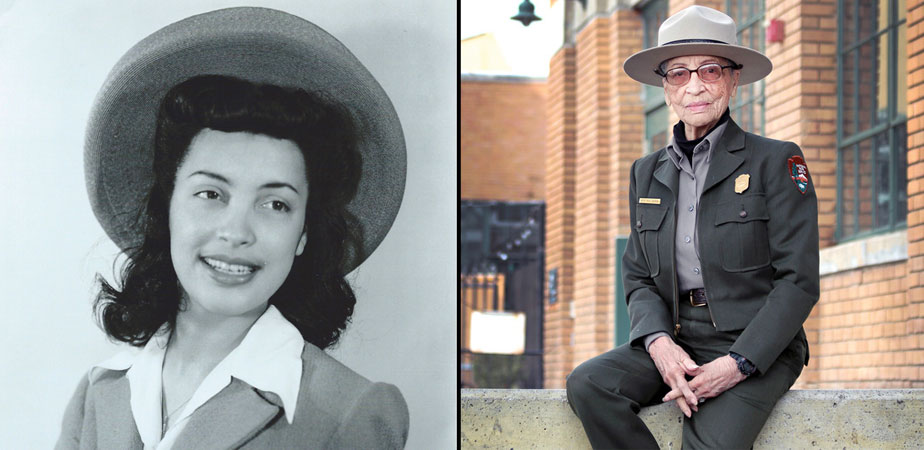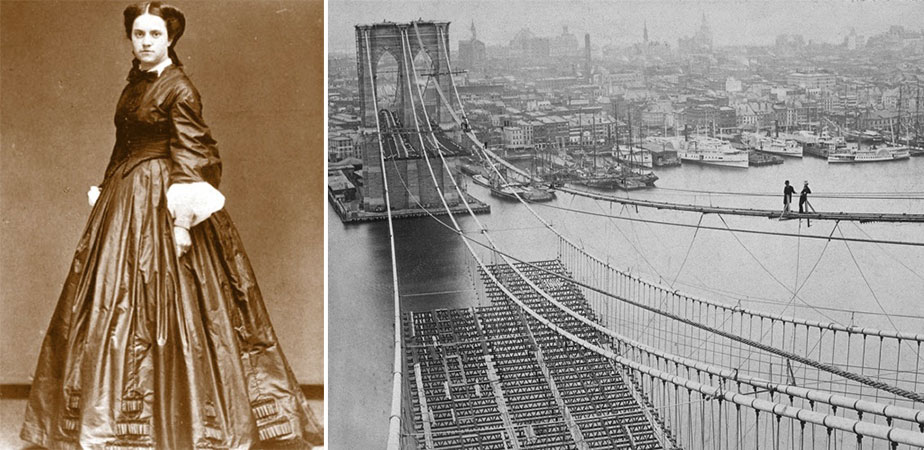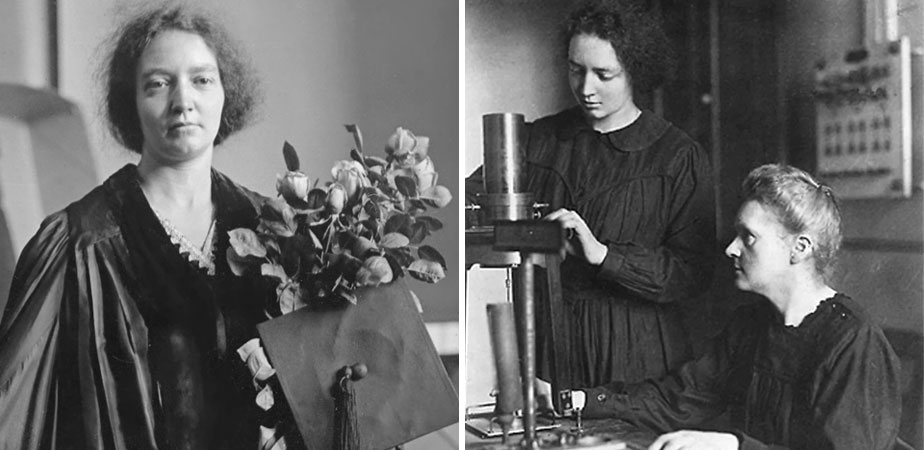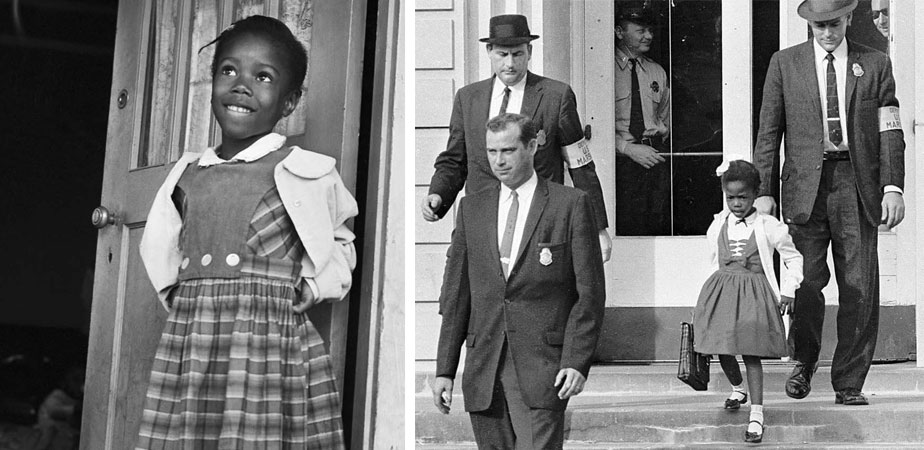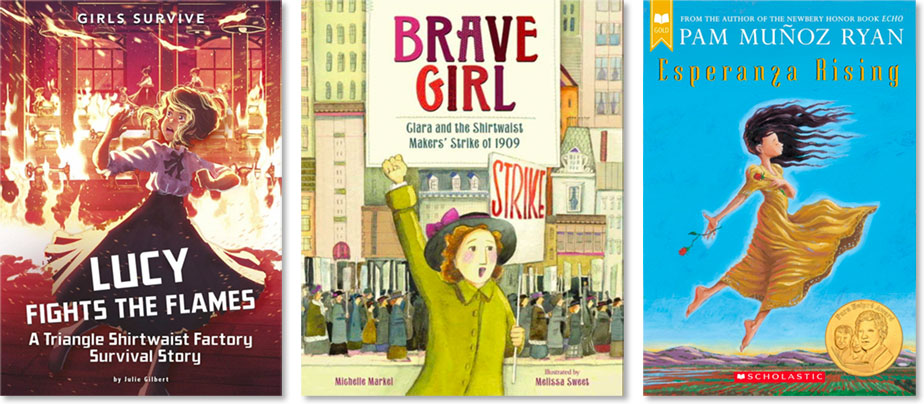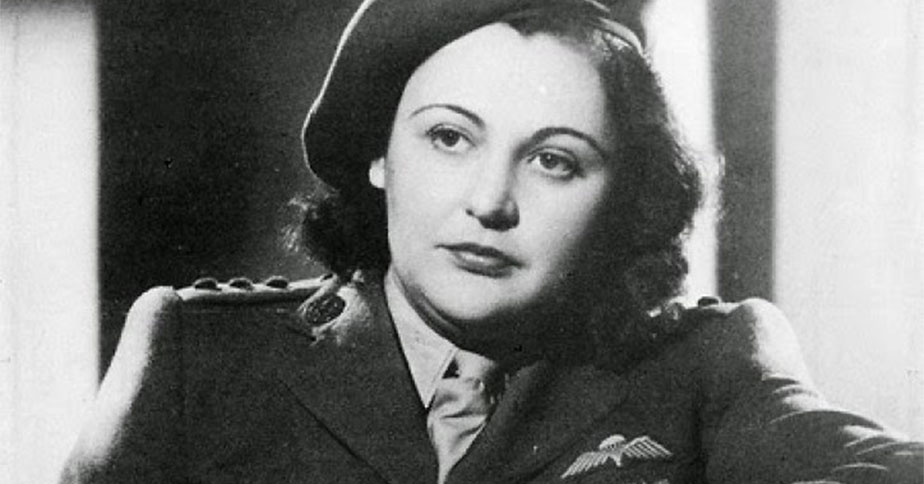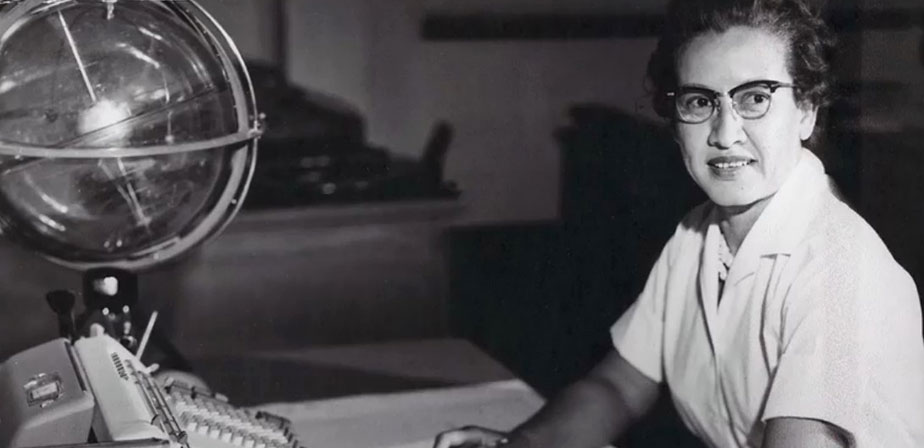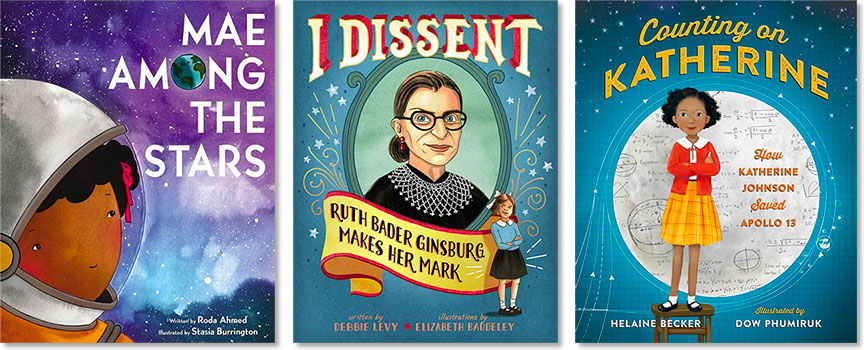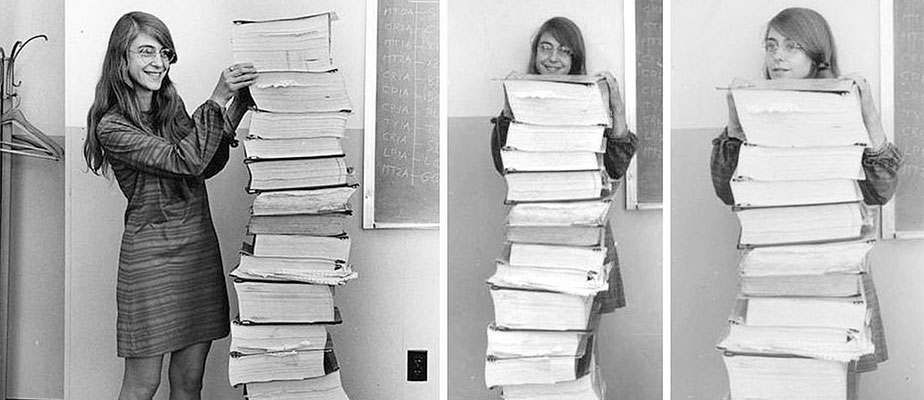Jeanne Villepreux-Power began her adult life as a dressmaker, but rose to become one of the preeminent marine biologists of her day.
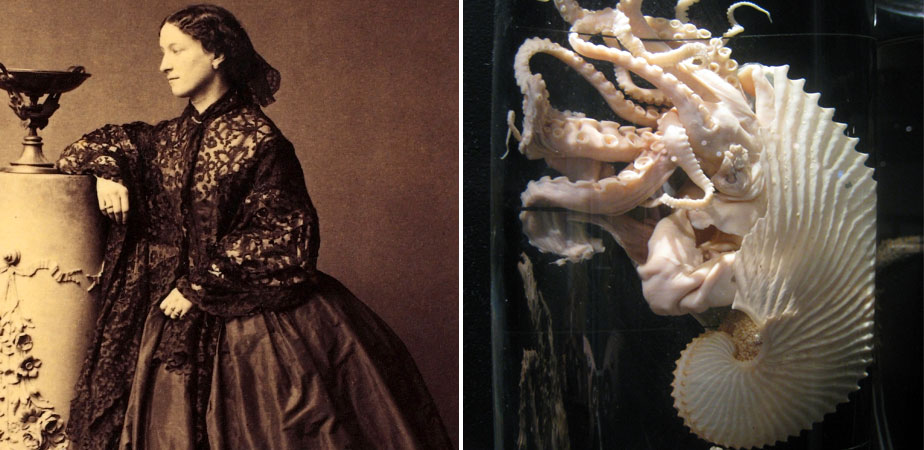 If you've ever been captivated by colorful fish and sea creatures darting around an aquarium, you can thank 19th century French scientist Jeanne Villepreux-Power! Villepreux-Power began her adult life as a dressmaker, but rose to become one of the preeminent marine biologists of her day. Her invention of a glass box for holding and observing marine specimens — the first recognizable glass aquarium — earned her the title "Mother of Aquariophily" from British biologist Richard Owen. "[She] was not content with purely descriptive studies of dead specimens," French scientist Claude Arnal wrote in a tribute to her. "She was excited by life and its mysteries." Continue reading Continue reading
If you've ever been captivated by colorful fish and sea creatures darting around an aquarium, you can thank 19th century French scientist Jeanne Villepreux-Power! Villepreux-Power began her adult life as a dressmaker, but rose to become one of the preeminent marine biologists of her day. Her invention of a glass box for holding and observing marine specimens — the first recognizable glass aquarium — earned her the title "Mother of Aquariophily" from British biologist Richard Owen. "[She] was not content with purely descriptive studies of dead specimens," French scientist Claude Arnal wrote in a tribute to her. "She was excited by life and its mysteries." Continue reading Continue reading









